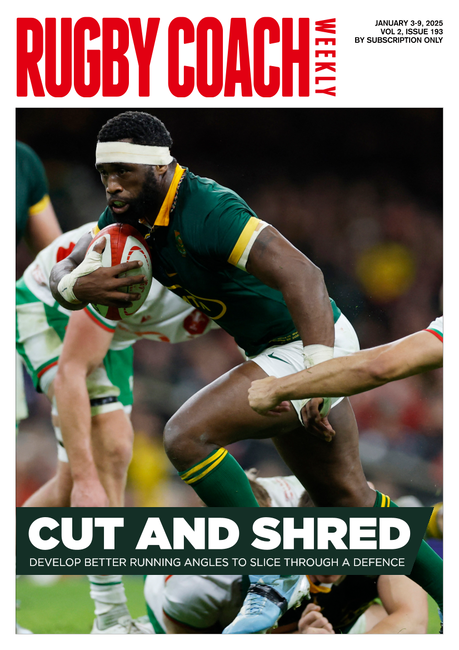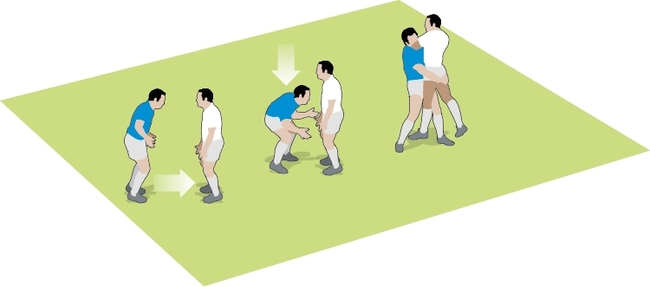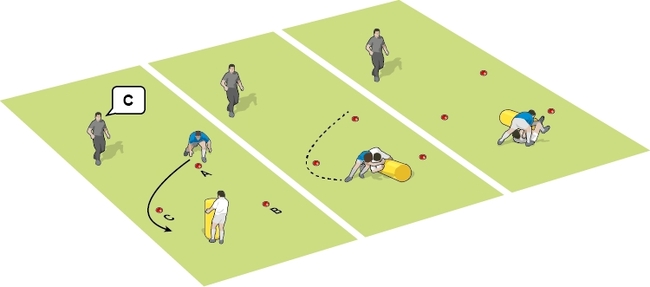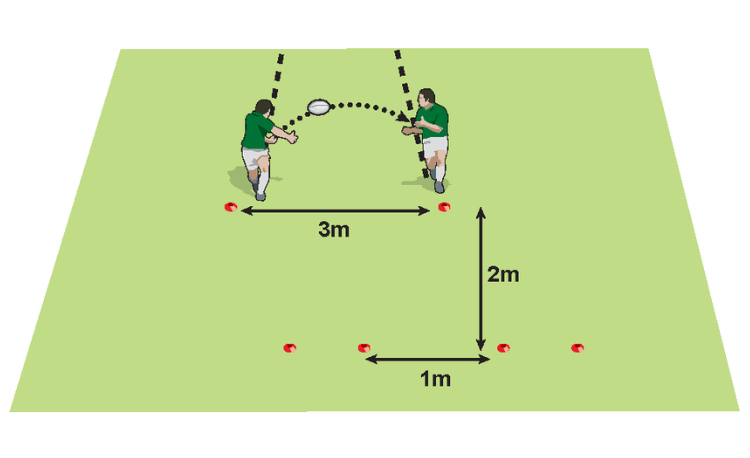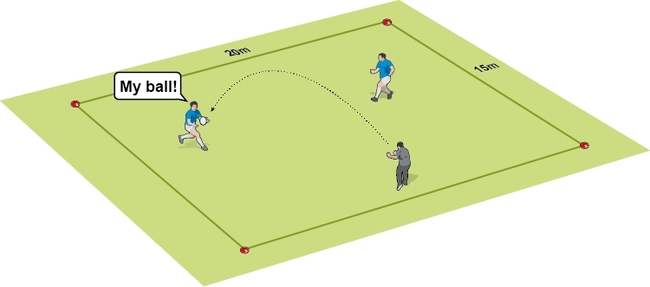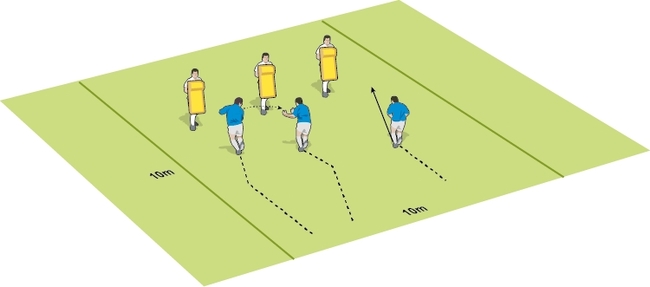How to plug the gaps in your drift defence
The basic drift defence covers attacks that work one way across the pitch with a standard backline.
As attacks become more complex defences must match the complexity. In order to manage this, the defensive centre of attention moves away from focusing on individuals instead to “the next channel”.
Channels are the areas up the pitch’s length where the ball carrier might run into. The weaknesses of the drift defence are encountered when the attack creates extra channels or overloads existing channels.
Use match-orientated exercises to practise these more advanced aspects of the drift defence. Here are the two main situations to consider.
Switches of play
Drifting defenders concentrate on outside shoulder tackles, which leaves the inside shoulder “weak”. Attacks that reverse the original flow of the ball can expose this weakness. By defending the “next channel”, defenders can cover this.
To coach this, create practices with switch passes, beginning with walking through the system and gradually increasing the speed. Switches should be tried between all pairings in the backline and in both directions.
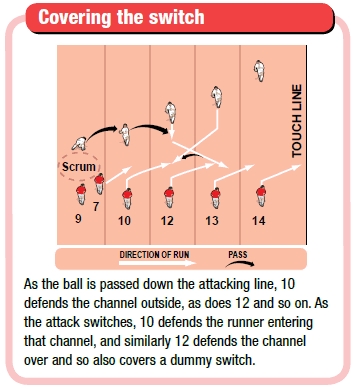
Extra man
Loops or an extra runner entering the attacking backline can possibly leave defenders marking two men. By defending “the next channel” this is avoided.
If a winger enters the line outside their 12, your 10 stays with the centre in that channel, while 12 covers the new channel and defends the winger.
Your outside defenders must be made aware that the drift has been halted and that they should cover the opponent directly in front of them.

Sometimes it is good to work through the system on paper with the players before walking it through on the pitch.
This session is from Rugby Coach Weekly.
Newsletter Sign Up
Coaches Testimonials

Gerald Kearney, Downtown Las Vegas Soccer Club

Paul Butler, Florida, USA

Rick Shields, Springboro, USA

Tony Green, Pierrefonds Titans, Quebec, Canada
Subscribe Today
Be a more effective, more successful rugby coach
In a recent survey 89% of subscribers said Rugby Coach Weekly makes them more confident, 91% said Rugby Coach Weekly makes them a more effective coach and 93% said Rugby Coach Weekly makes them more inspired.
Get Weekly Inspiration
All the latest techniques and approaches
Rugby Coach Weekly offers proven and easy to use rugby drills, coaching sessions, practice plans, small-sided games, warm-ups, training tips and advice.
We've been at the cutting edge of rugby coaching since we launched in 2005, creating resources for the grassroots youth coach, following best practice from around the world and insights from the professional game.


